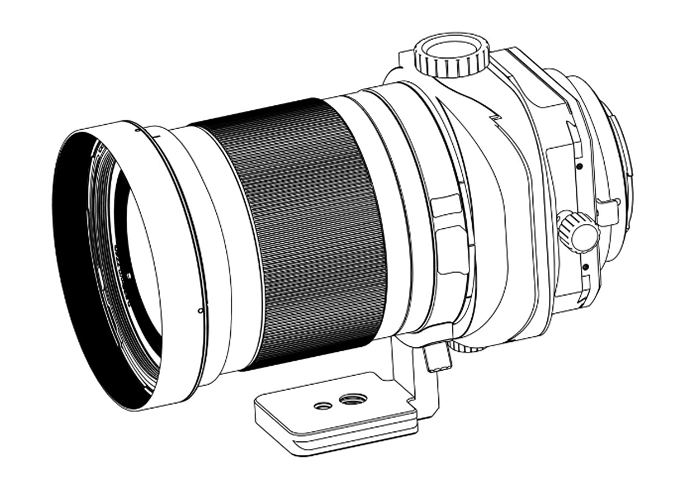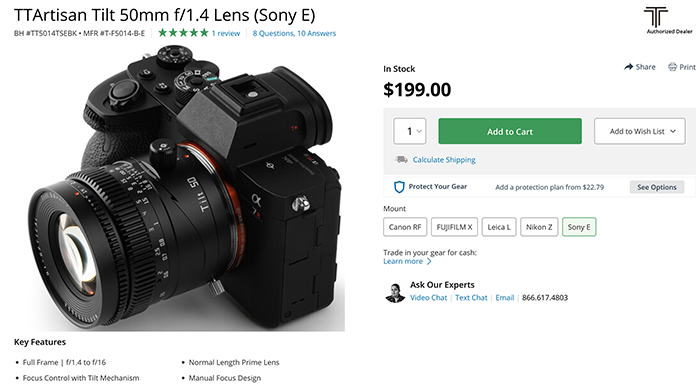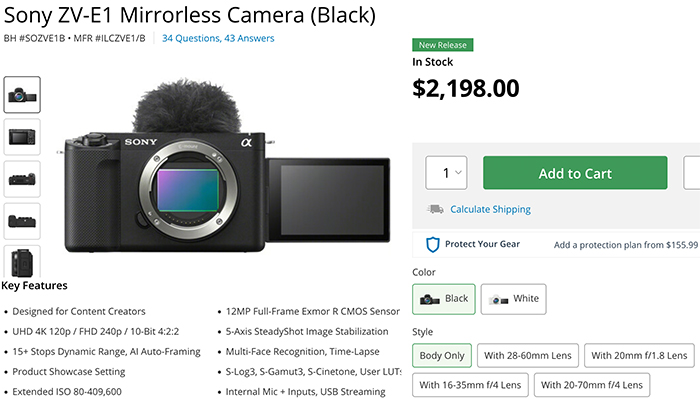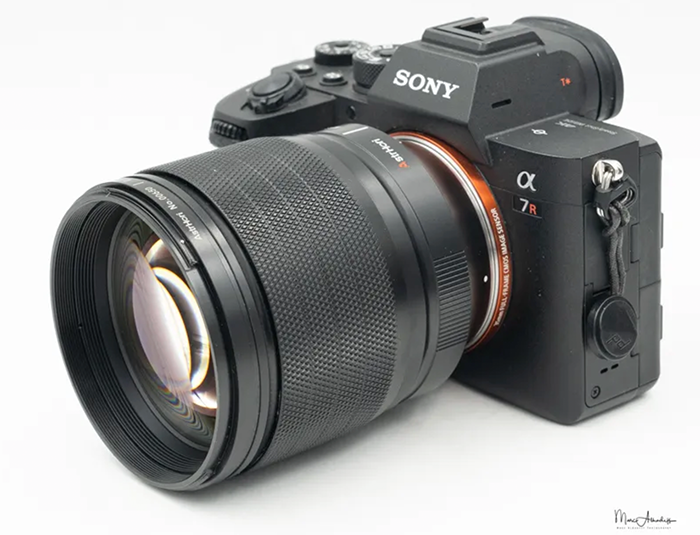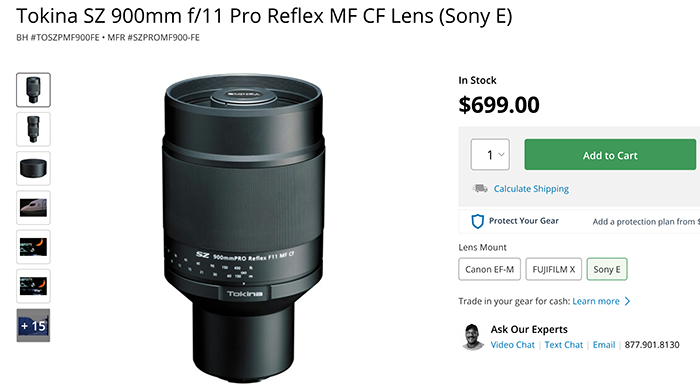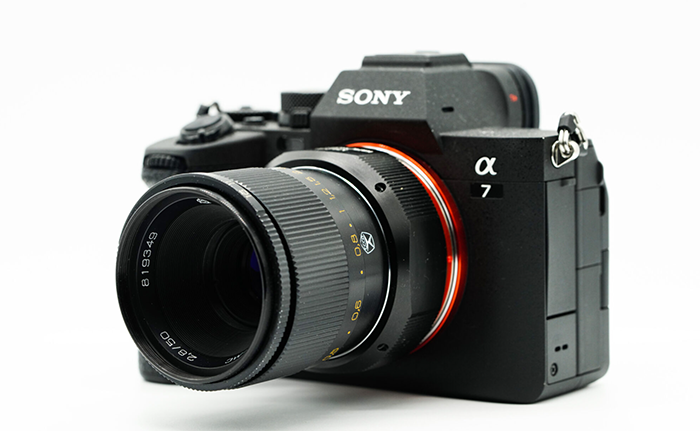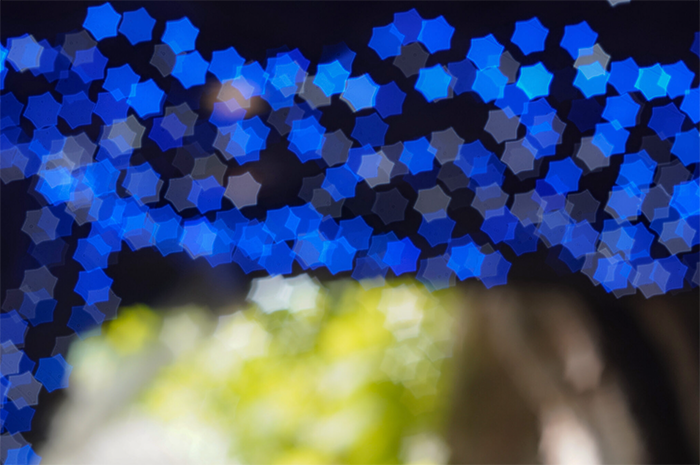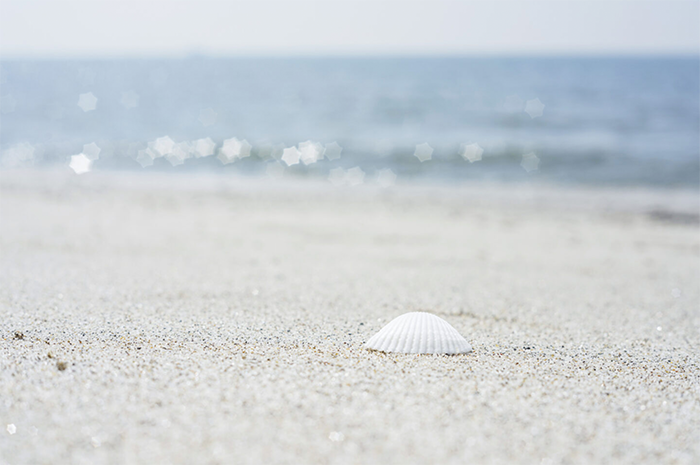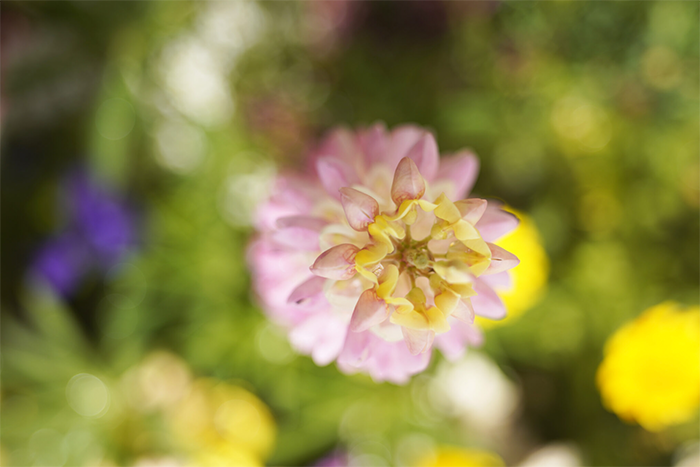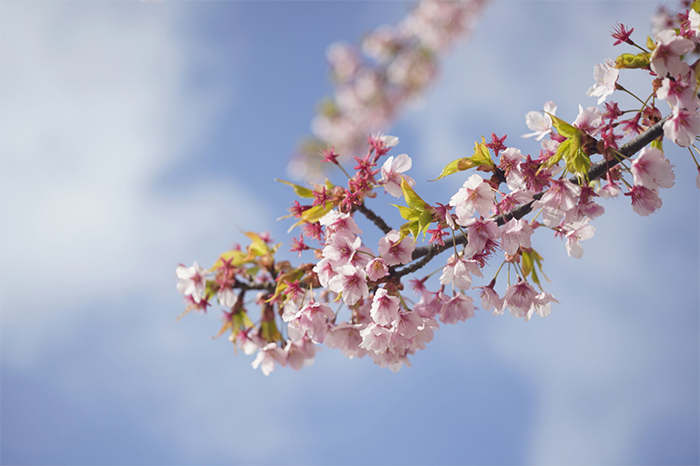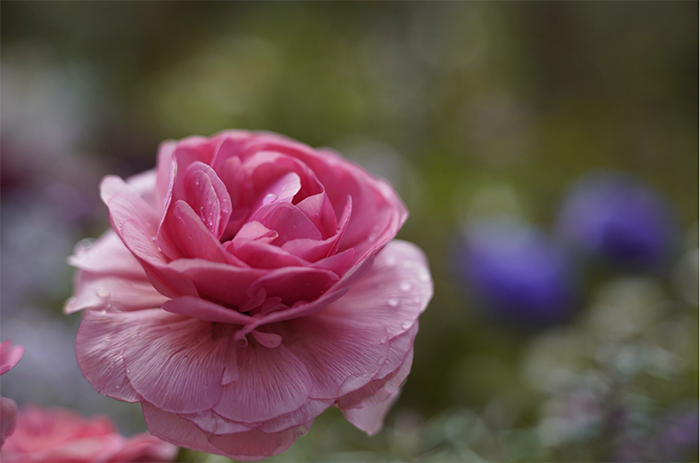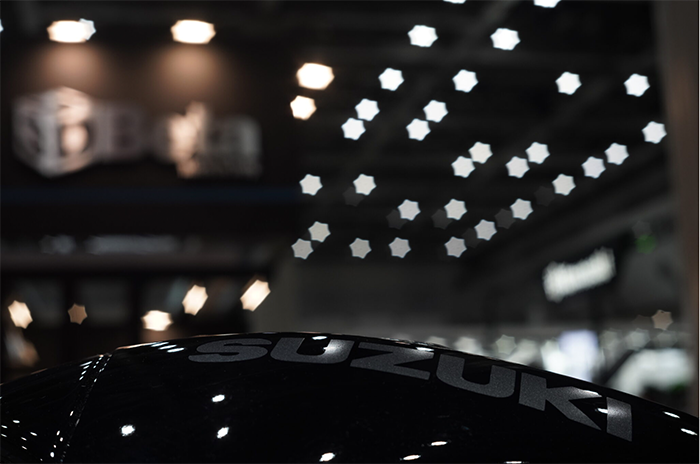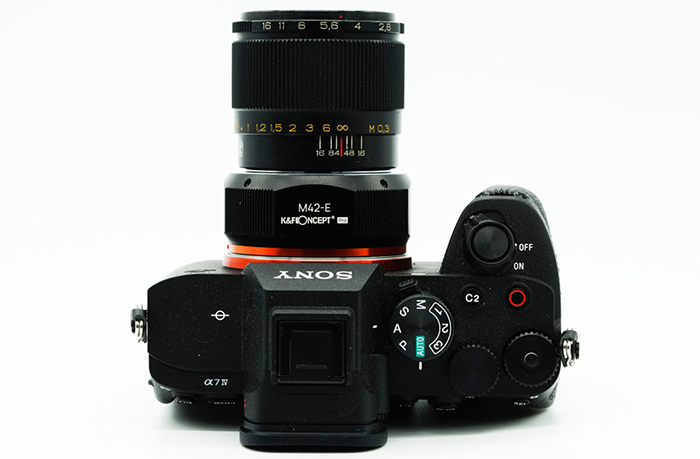
Sony 20-70mm at BHphoto, Amazon, Adorama, FocusCamera, FotoKoch, Fotoerhardt, Calumet, WexUK.
Opticalllimits reviewed the new Sony 20-70mm FE lens and concluded:
The Sony FE 20-70mm f/4 G is one of the more exciting lenses released in recent years. It may be a new contender if we revisit the age-old question of which single lens to take on a remote island. However, this doesn’t mean that it is a perfect lens. It relies heavily on digital auto-correction to do the job, but there’s nothing wrong with this per se. However, Sony may have overdone – or, to be precise – underdone it a little when it comes to image distortions. In RAW images, the barrel distortions are nothing short of excessive at 20mm. Distortion correction is lossy, so auto-correction takes a toll on resolution. However, even so, the quality remains almost surprisingly high. The broader center quality is very good to excellent, and the outer image field is still good. As usual, the results are best in the broader middle zoom range. There’s a tiny drop at 70mm, but the results are still sharp. Auto-correction is doing a nice job of reducing the vignetting. Lateral CAs are also quite low. If we had to point to a single major weakness that is image-affecting from an end-user perspective, it’s the bokeh. However, you shouldn’t expect a great bokeh from an f/4 standard zoom lens anyway, but this doesn’t change the fact that the lens is worse than most in this respect. Returning to more positive aspects – as far as we can tell from sample images, the lens is pretty resistant to flare effects. And it can also produce pretty nice sun stars in night scenes.
The build quality of the FE 20-70mm f/4 G aligns with what you can expect from a modern G-class lens. It feels solid, and the used plastics are of high quality. The weather sealing may not have an IP rating, but it’s certainly reassuring. The zoom and focus control rings operate smoothly. Videographers will certainly appreciate the focus breathing compensation support (in certain Sony cameras) as well as the clickless aperture option. The AF motor is both very quick and noiseless.
Overall, the Sony FE 20-70mm f/4 G is a winner unless you are into shallow depth-of-field photography. Especially outdoor enthusiasts will like the combination of image quality, compact size and low weight … and, of course, the 20mm setting, which is its standout feature.

